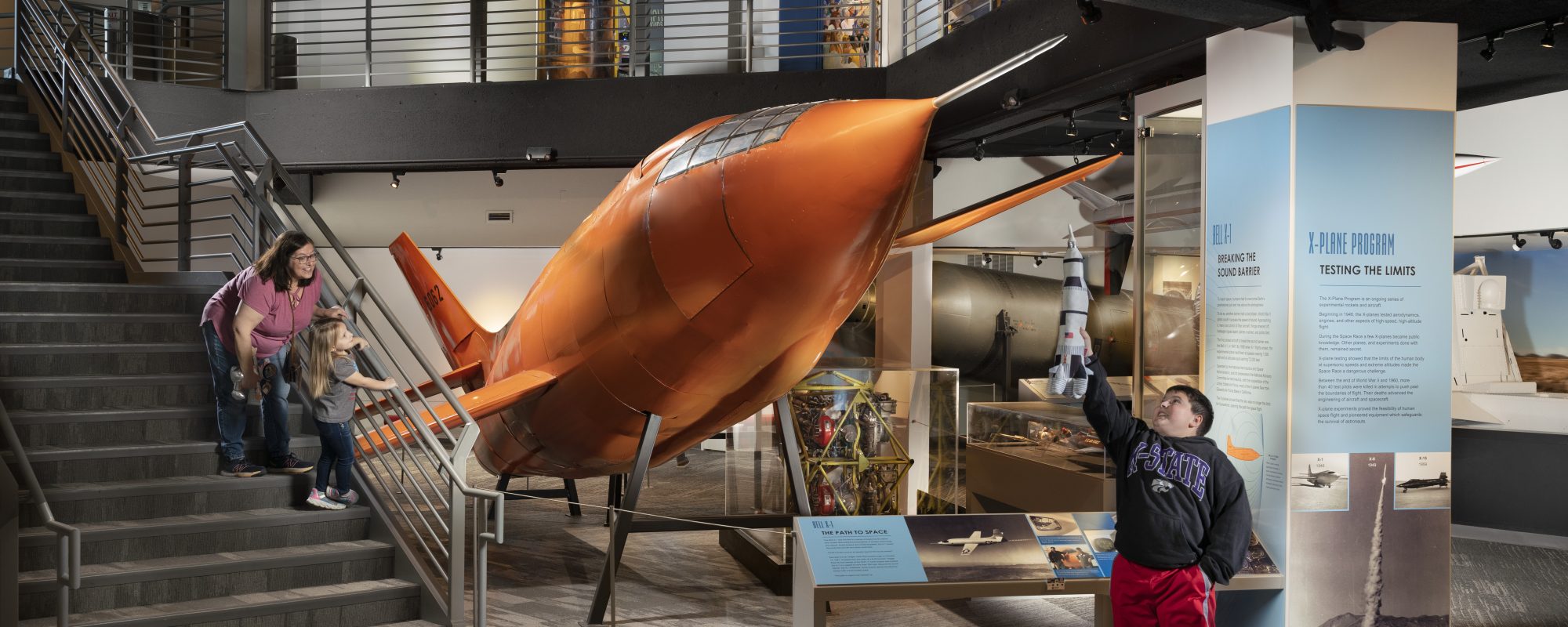Flag Day is celebrated on June 14th and was first proposed in the June edition of the 1861 Evening Press. Like many pivotal moments in America, June of 1861 was a time when technology, politics, and commercialism converged. Textile advances made the mass-production of American flags possible. It was also the beginning of the Civil War. Patriotism was a hot topic, and flag sales were on the rise. Flag Day began with unofficial, scattered celebrations.
The flag was no longer just a military identification symbol—It was a cherished symbol that meant much more. However, it was not until 1916 that the celebration of Flag Day gained Congressional approval as an official United States holiday. Much like its inception in the beginnings of a war, the official Flag Day recognition came in the midst of the first World War, another moment of tremendous patriotic fervor.

On Flag Day in 1923, another change came to the display of the flag with the creation of the National Flag Code which advises how the flag is to be displayed and used. One rule of that code? The flag should always be permitted to fall freely—A rule NASA was exempted from on July 20, 1969, when Apollo 11 astronauts Armstrong and Aldrin planted the flag on the surface of the Moon. This Lunar Flag Assembly included telescoping staffs and horizontal bars to hold the flag up in the low-gravity environment.
How can you celebrate Flag Day at the Cosmosphere? Let us count the ways! From spacesuits to spacecraft, you can find the United States flag throughout the museum. Spend a day learning about space history and see how many flags you can spot on your adventure.
Main image: A small sampling of American flags throughout the Cosmosphere.
Inset Image: Astronaut Buzz Aldrin salutes the flag on the lunar surface, Apollo 11. Image credit: NASA/Neil Armstrong


